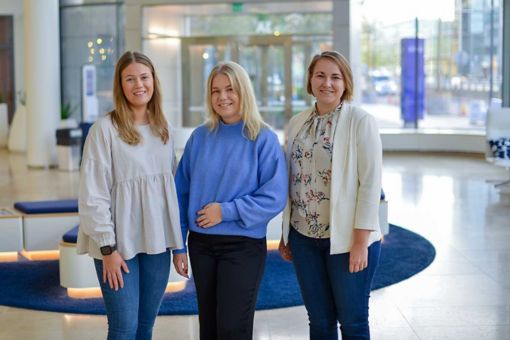The Circular Transition Indicators - CTI for short - is a framework originally created by the World Business Council for Sustainable Development (WBCSD), a CEO-led community of over 200 of the world’s leading sustainable businesses. The CTI framework is a universal framework that helps to measure circularity and can be applied to different organizations regardless of their size, industry, or geographical location.
In a nutshell, an evaluation of the circularity applying the framework measures physical material inputs and outputs in an organization during a given financial year. In other words, the different material streams are evaluated by measuring the weight of each input and output. The streams are then analyzed further to find out whether the materials in question are renewable, recycled, or made of virgin materials. In addition to the calculations, the CTI process helps organizations’ scope and prepare an assessment. It also helps interpret the results, evaluate the risks and opportunities, create an action plan based on priorities and establish SMART* targets that help to monitor progress.
Essi Paunisaari:
“For example, in KPMG Finland’s context, the physical inflow materials can be anything from company cars to office supplies such as printing paper. In our case, the output is mainly the waste we create at our offices.
The push to do a more detailed analysis on KPMG Finland’s own circularity stemmed from the general wish to have a better understanding of what we are doing ourselves in terms of circularity and also because some of our own clients may have requirements connected to the circularity for their service providers, in which case, it is good to have robust data available. It is worth noting that for an organization like KPMG Finland, circularity isn’t as prominent a theme as it is for some other more resource-intensive industries. However, the analysis does give us valuable feedback in terms of what we could do better or more efficiently, such as improving how we recycle waste and what kind of purchases we make.

KPMG's CTI Analysis team, in photo (from left to right): Julia Palosaari, Cecilia Seuri ja Essi Paunisaari
In general, many companies benefit significantly from the CTI analysis that focuses on a particular product or component. Completing a full CTI analysis, especially for an organization that operates in a resource-intensive industry, can become an enormous task that takes a very long time to complete and, in the end, creates only a high-level understanding of the level of circularity of the organization in question. A more specific and focused analysis can serve the purpose better.
The CTI framework analysis is still relatively new. In fact, KPMG Finland is one of the first companies to complete the analysis on their circularity. On a global level, KPMG collaborated with WBCSD in creating the framework and our people have been training the users as well. We are also the first certified service provider in Finland to offer the CTI framework analysis.
One of the benefits of using the CTI framework is that it looks into the organization as a whole. It engages many different people in the work, instead of mere sustainability specialists. This can encourage further thought to be placed on the circularity and a greater effect in the long run, when all departments of the organization take sustainable choices into consideration in their everyday tasks.”

